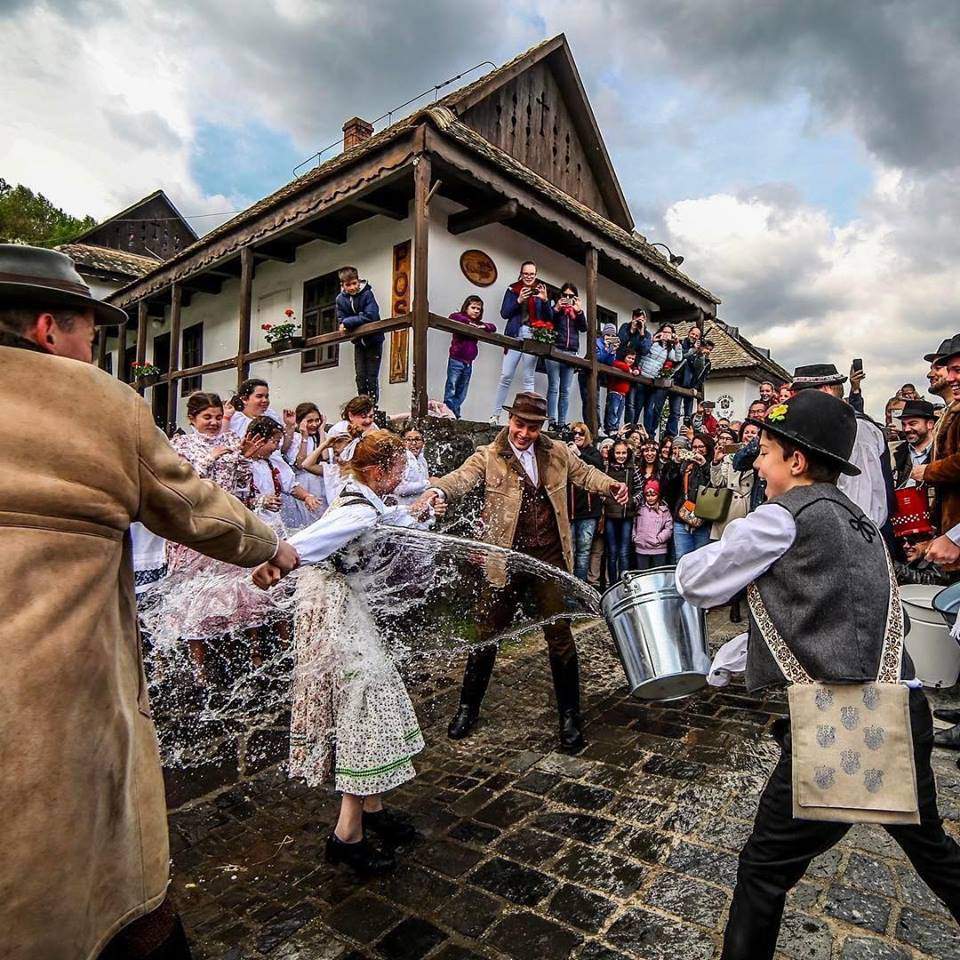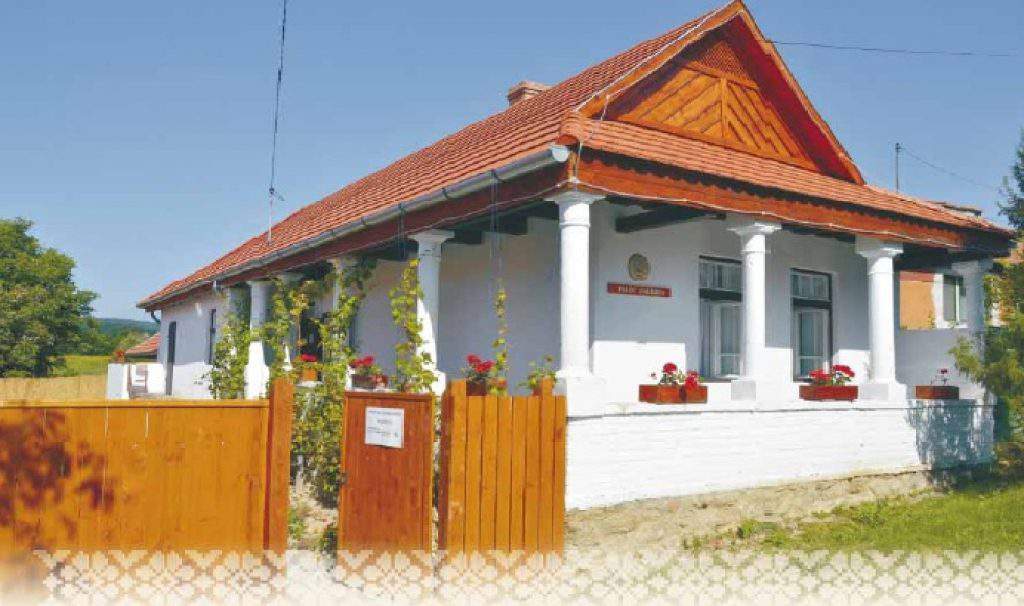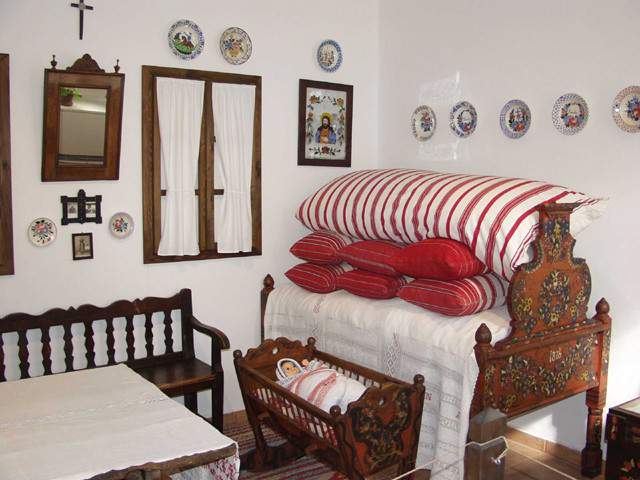Lovely Hungarian settlements notable for the Palóc culture

The Palóc people are a subgroup of Hungarians living in Northern Hungary, who are well-known for their distinct culture that they try to preserve still today, reports Magyarorszagom.hu. The special dialect of Hungarian they speak, their traditions and way of life constitute the Palóc heritage, and several Hungarian settlements provide an opportunity for visitors to gain an insight into their tradition preservation. If you are interested in getting to know more about these places including museums that exhibit items related to this culture, you might like the 5 Palóc sites collected in this article.
When people hear the word Palóc, a number of things can pop into their minds including the traditional techniques of rural architecture, folk art, traditional clothing and the hospitality of the Palóc people. Many people associate these things with the settlement of Hollókő, located in Nógrád county, but there are less-known representatives of this heritage as well.
1. The Old Village of Hollókő
It is the most well-known representative of the Palóc heritage especially with its architecture that attracts thousands of tourists every year. As Whc.unesco.org reports, the buildings compose a rural architectural ensemble with the half-timbered houses of white-washed walls and balconies. This settlement is so significant both from architectural and cultural perspectives that it is declared a world heritage site protected by UNESCO.

Today, many of the buildings give a home to museums, exhibitions, restaurants and workshops. Furthermore, those interested might be amazed by the fact that locals still cultivate the land using traditional methods.
It is absolutely worth visiting Hollókő where life can be peaceful and vibrant, too, because of the annually-organised traditional festivals and Easter celebrations .

2. Kazár
Northeast Hungary can be rightly proud of its Palóc settlements among which Kazár is undoubtedly an outstanding one. This town is also located in Nógrád county, 7 km away from Salgótarján, the county seat, and its uniqueness lies in its colourfully-decorated costumes.
The most notable part of the traditional clothing is certainly the bonnet of women which is the most colourful piece as well.
As Palocut.hu writes, well-to-do women possessed several of these bonnets and, depending on the occasion, they could choose the appropriate one to wear.

If you visit this settlement, do not forget to go to the Country House and the Palóc Gallery as well. However, no visit can pass without trying the local specialities at the House of Traditions, so be prepared for a cultural and gastronomical journey.

3. Rimóc
The settlement of Rimóc is not far away from Hollókő, and similarly to its more well-known counterpart, it has a lot to offer, reports Rimoc.hu. Locals are very proud of their heritage that they also try to preserve. Besides the preservation of traditions, Rimóc also tries to introduce novelties and thus combines old and modern.
/rimoc.hu/The Village Museum gives you an insight into the traditional life of the Palóc by displaying household objects, kitchen utensils and typical pieces of furniture.
Another must-see museum is the Doll Museum where life-size dolls wearing traditional Rimóc costumes are displayed in separate rooms.
Finally, the Palóc Bonnet exhibition is also worth mentioning where the masterpieces of the Palóc embroidery can be seen.
/rimoc.hu/4. Balassagyarmat
Balassagyarmat, another treasure of Palóc culture, is located on the Hungarian-Slovakian border. It is reputable for its Palóc Museum where permanent exhibitions help the visitor to get to know the Palóc celebrations and traditions. Furthermore, the library of the museum is abundant in books narrating the history of Nógrád county.
/programturizmus.hu/In its literary history collection, you can find objects and documents related to Imre Madách and Kálmán Mikszáth, while in its historic collection a number of documents are preserved about the settlement of Balassagyarmat.
5. Eger
The historical city of Eger is well-known for its castle and its monuments dating back to the Turkish era, but not many know that the city has an outstanding significance in the preservation of the Palóc culture, too.

According to Eger.varosom.hu, in the local Palóc Museum, visitors can admire pieces of folk art, from carvings and embroidery to the masterpieces of pottery. Furthermore, the colourful and richly-embroidered wedding dresses, the elegant shirts of the groom and other pieces of clothing used in traditional wedding processions are displayed there. Besides these, pieces of furniture, ceramics and household objects can also be admired.
Featured image: facebook.com/IloveHolloko
Source: magyarorszagom.hu; whc.unesco.org; palocut.hu; eger.varosom.hu; rimoc.hu





